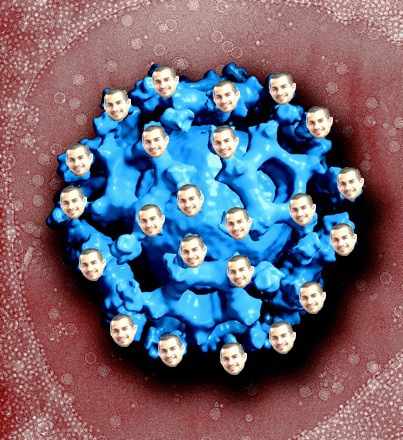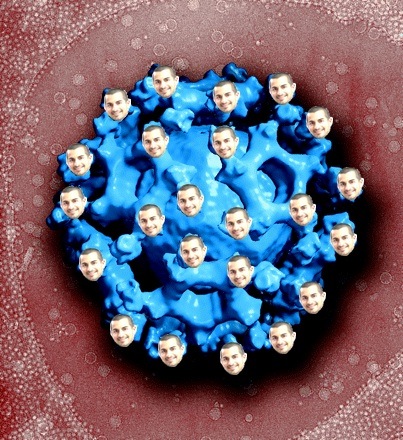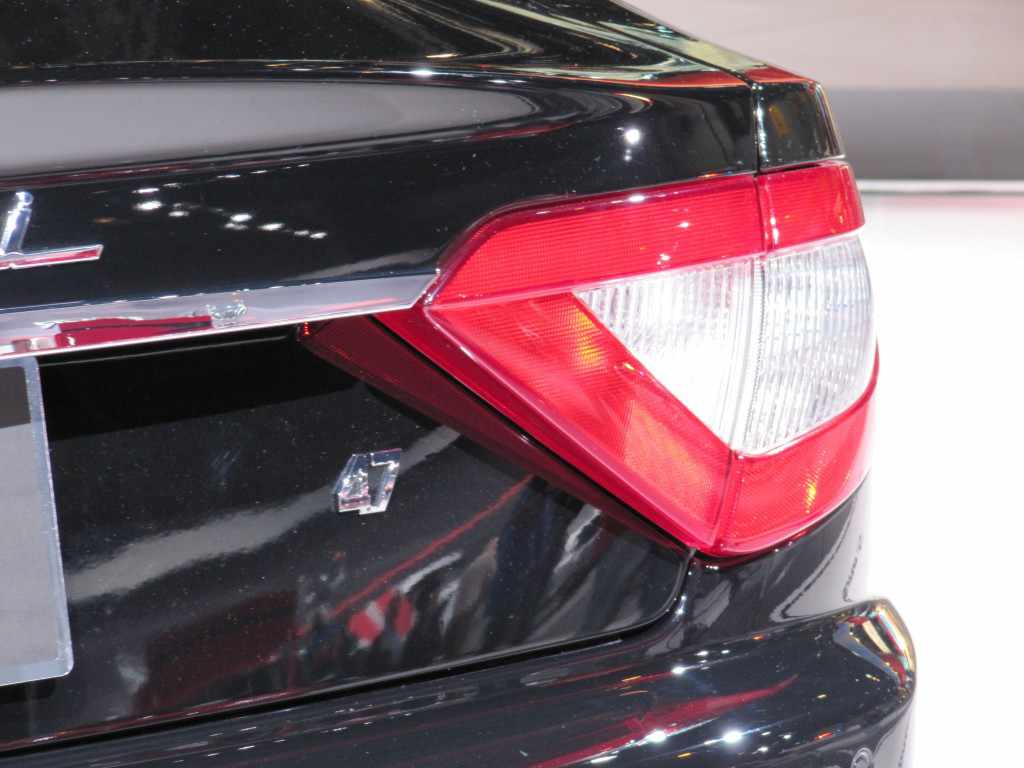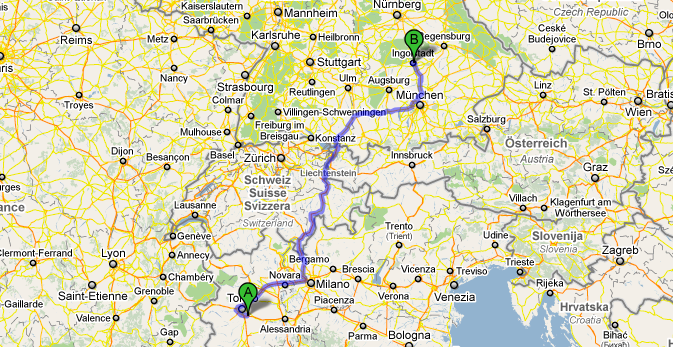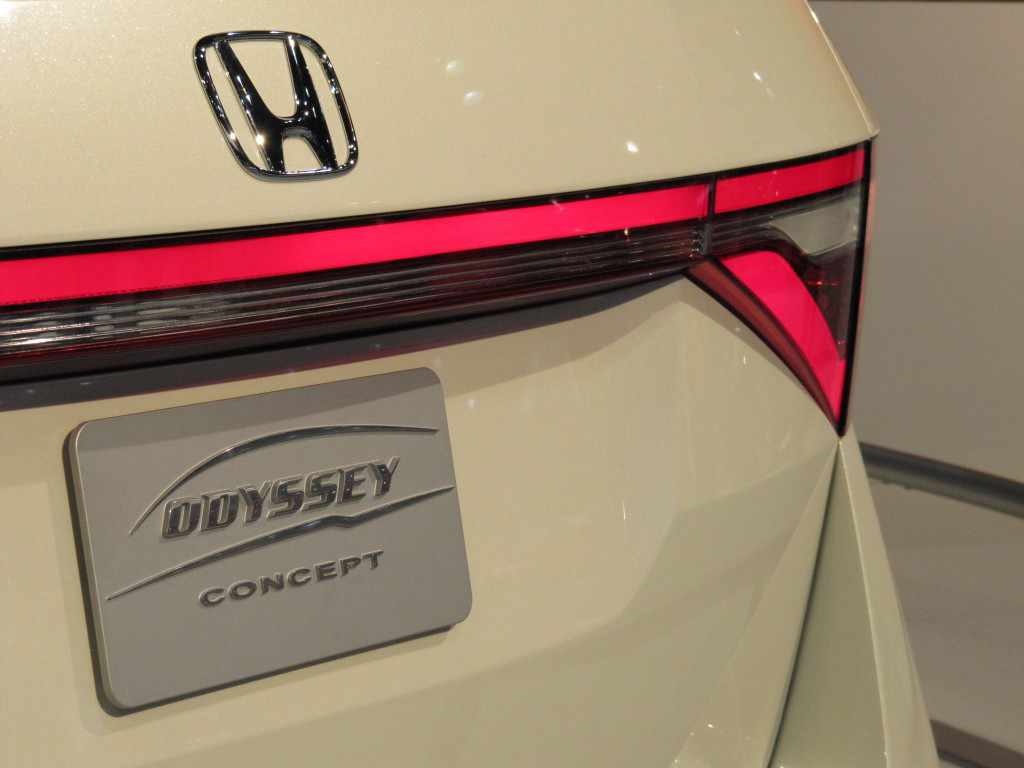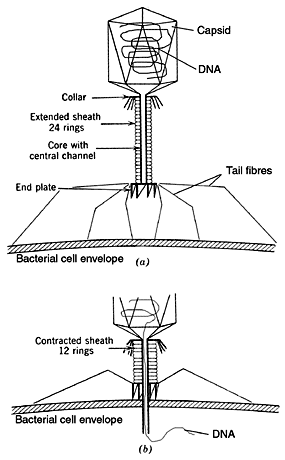Above is a Scanning Electron Micrograph (SEM) of the Jason Castriota Virus, also known as JCV.
We have something of a Jason Castriota Virus (JCV) problem on our hands. With the over-wrought media flap that was the H1N1 Swine Flu pandemic still fresh in our minds, it appears that we have conquered one viral scare only to face another.
H1N1 was feared to be as deadly and contagious as the 1918 Spanish Flu, that which claimed more lives than the preceding Great War. Interestingly, the Spanish Flu was so named because Spain’s King Alfonso XIII was the highest profile patient and Spain received significant news coverage of the disease, not because it originated in Spain. The Spanish Flu is hypothesized to have originated in either Kansas, China, or France, although the exact source is not definitively known, whereas the exact source of H1N1 is a Mexican pig.
On the other hand, the exact source of JCV is Cambiano, Italy, home of fabled design house Pininfarina. Unlike the misnomered Spanish Flu, JCV suffers from no such incertitude of nomenclature – there is no doubt that Jason Castriota, during his tenure at Pininfarina, was directly responsible for the current crop of infectious taillight designs spreading from west to east, culminating in the current pandemic.
For those of you who aren’t epidemiologists, a pandemic differs from an epidemic only in scope. Whereas an epidemic is an isolated outbreak of disease, a pandemic is a global outbreak. Considering the Italian, German, and Japanese cases that are now laboratory-confirmed, the pandemic title is justly deserved by JCV. Let’s keep those epidemiologist hats on for another moment and follow the unfurling of this disease. And don’t give credence to anyone who calls it a “trend”, because it is so much more severe than that.
As mentioned earlier, Cambiano, Italy is where JCV first poked its nose filamentous tail out. It was there that the Maserati GranTurismo was born, complete with gaping oral cavity and cantilevered taillight design. It was this latter design element that houses the potent JCV virus.
The infectious dose appears to be quite low; in a recent study by the Braunschweig University of Art in Germany, seeing the rear end of a GranTurismo for only 5 seconds was found to be sufficient for infection. These results aren’t surprising given the rapid proliferation of cantilevered taillights.
After JCV was first identified in late February, 2004, during the design phase of the Maserati GranTurismo, the course of the disease gets a bit fuzzy, meaning that any information we have henceforth is only a best guess. From Cambiano, JCV is believed to have spread to northeast to Ingolstadt, Germany, where it infected two notable automotive designers: Walter de’Silva and Peter Schreyer.
de’Silva was hit hard and fast by JCV and he didn’t hesitate to incorporate cantilevered taillights into the 2007 Audi A5. After taking the position of Head of Volkswagen Group Design, Volkswagens soon followed with calamitous expediency. In a peculiar twist, only the more sizeable North American 2011 Passat has The Taillights, whereas its European counterpart is spared the embarrassment.
Schreyer was similarly afflicted, but experienced a more prolonged incubation period. It wasn’t until very recently that he incorporated the once-unique taillight design into the 2011 Kia Optima. It therefore appears that there is an environmental trigger at play here. Otherwise, we would have expected Schreyer and de’Silva to have shown symptoms around the same time. What is the environmental trigger? Leading scientists are still unclear.
An interesting new development in the spread of the disease is that it has made its first known appearance in the Americas. The proof is in the 2011 Honda Odyssey, captured below at the 2010 Chicago Auto Show. The Odyssey was designed in California, meaning that the virus was able to withstand the warmer clime of the Sunshine State.
For those of you interested in the minutiae relating to JCV, you’ll surely be interested to learn that it is a member of the picornaviridae family, making it a not-so-distant relative of duck hepatitis A virus.
This is a diagram of what microbiological scientists believe the JCV mechanism of infection could look like. Held within the capsid is likely DNA from Jason Castriota himself. The DNA from the bacteriophage is inserted into the host cell and integrates with the host DNA. This integration is not dissimilar to the mechanism used by HIV, thereby ensuring that all future progeny of the infected individual carry the JCV DNA.
We are now only beginning to feel the impacts of this devastating pandemic. Audi and Volkswagen are gone, lost to the wolves, with other Can other brands be vaccinated before it’s too late?
[Photo credits: author, Platform nation, Google Maps, SNDN Blog]

